The history of American quilting is just about as old as the history of the United States itself. Quilting originated in the Colonial era when women of a community would come together to piece quilts by hand. Though modern technology has given quilters the option of sewing by machine, the tradition of quilting and quilting circles—groups of people (usually women) working together—remains strong, as evident in the exhibit “Stitches In Time/Threads Of Change: An Exhibition of Maryland Community Quilts,†currently on view at the Benjamin Banneker Historical Park and Museum in nearby Oella, Maryland.
The exhibit, which runs until March 31, displays 16 present-day works from quilters who have developed their style from this quintessentially American art. Among the quilters from across the state featured in the exhibit are the Furnace Town Quilters of the Eastern Shore, Faithful Quilters of Columbia, Enon Baptist Churck Quilters of Baltimore and the Glyndon Quilters. The quilts illustrate diverse themes and applications, techniques and purposes and, according to Museum Director Steven Lee, reflect the vibrancy, relevancy, and power of the art form that has both survived and progressed in Maryland.
“These quilts show that this art form is alive and well in Maryland,†said Lee, adding that the quilts on display aren’t just for keeping someone warm, but also to document the history of a community, be it a church, a school, a women’s shelter, or a nature preserve.
The exhibit was created after Lee sent out a call for quilts to arts organizations throughout the state. The quilts on display were selected from a variety of entries Lee received, from elementary school students to college art majors, to senior citizens and quilting masters. Lee selected the quilts to be displayed to show the diversity of Maryland’s population.
The subject matters are as diverse as the artists who created them, said Lee, and include such themes as friendship, wildlife preservation, domestic violence, abortion, and racial oppression.
None of the quilts was created by an individual artist. Most of the quilts were pieced together with one quilter sending her finished block to another and so on until the quilt was completed, a process known as a ‘round robin quilt.
Taking center stage in the exhibit is the “Banneker Historical Quilt,†completed in 2010, and constructed by the Banneker Quilting Circle in Oella over the course of five years. The objective of the quilting circle, made up of designer Barbara Pietiella and seven other quilters, was to “depict the life and times of Benjamin Banneker by the expression of various symbols on either side of the family tree.†The tree traces the three generations of Banneker’s family.
Benjamin Banneker was born a free African-American in 1731 and became a mathematician and amateur astronomer. He died in 1806. He is said to have been one of the first surveyors of Washington, DC, and also published numerous almanacs, all the while overcoming racial discrimination.
The Benjamin Banneker Historical Park and Museum, at 300 Oella Avenue at Frederick Road (near Ellicott City), was founded upon the homestead of the Banneker family. Once known as “Stout,â€, the original 100-acre lot was purchased in 1737 by Robert Bannaky, Benjamin’s father, with the receipts of 7,000 pounds of tobacco. Here the Bannekers farmed tobacco, wheat, corn crops, a fruit orchard, apiary, and a small vegetable garden. Much of the vegetables, poultry, fruit, and honey produced here were sold to the Ellicotts to supply their General Store in the old mill town now known as Ellicott City.
The Benjamin Banneker Historical Park and Museum is open Tuesday to Saturday from 10 a.m. to 4 p.m. Admission is by donation. For more information about the Banneker Museum, call (410) 887-1081.


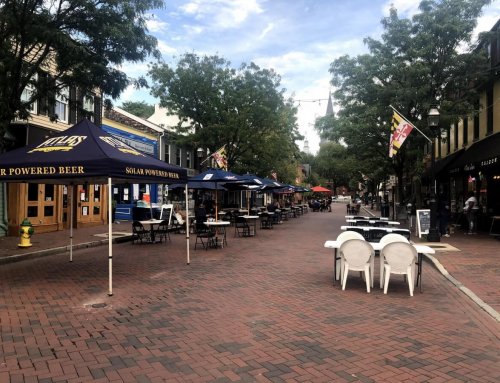
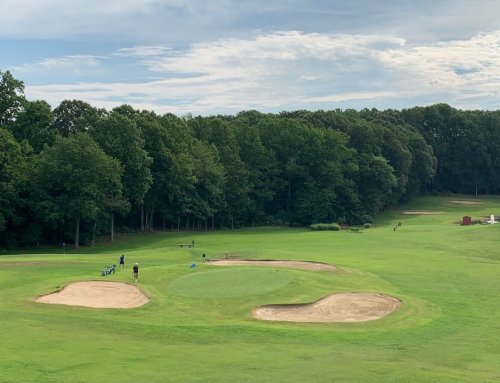
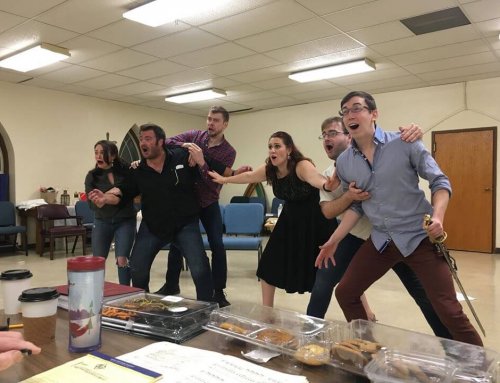
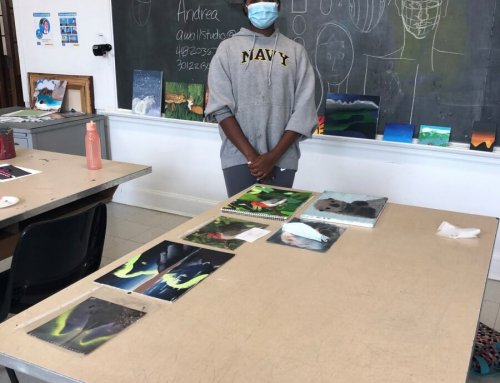
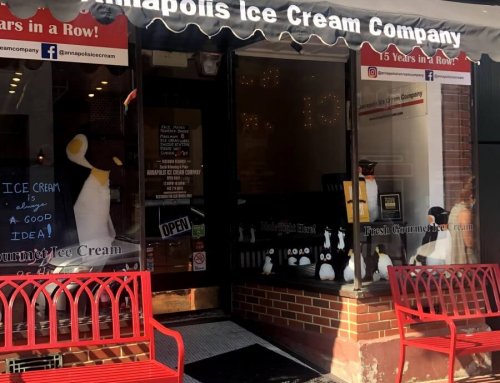
Leave A Comment